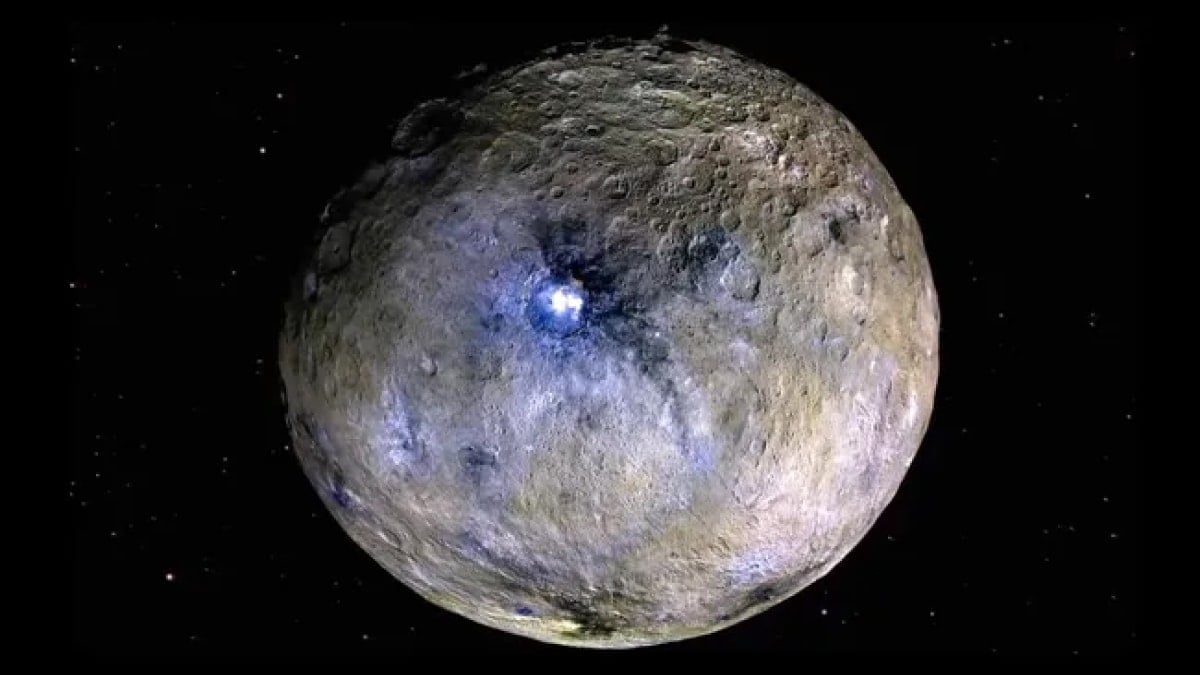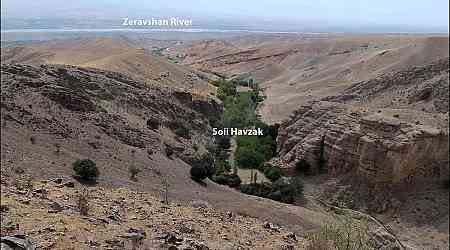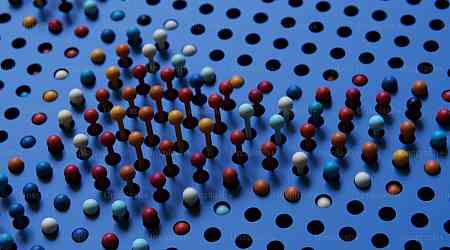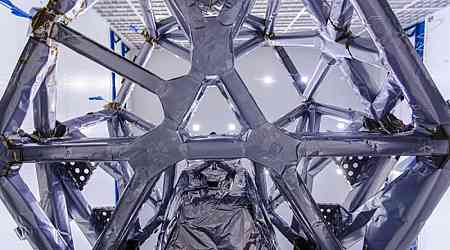Recent studies suggest that the dwarf planet Ceres, the largest object in the asteroid belt between Mars and Jupiter, may have once contained a muddy ocean beneath its surface. This new understanding emerges from advanced computer models indicating that Ceres' outer crust is likely composed of a frozen ocean rich in impurities.
Surface Features Indicating Ice Presence
Ceres measures 588 miles (946 kilometres) across and exhibits various surface features—pits, domes, and landslides—that imply the presence of significant ice in its near-subsurface. Ian Pamerleau, a Ph.D. student at Purdue University, noted that spectroscopic data reveals ice beneath the dusty regolith, while measurements of Ceres' gravity field indicate a density comparable to that of impure ice. Despite these signs, many planetary scientists remained sceptical following NASA's Dawn mission, which provided extensive observations of Ceres between 2015 and 2018.
Observations from NASA's Dawn Mission
One key observation from the Dawn mission was the prevalence of distinct craters with steep walls, which typically indicate a less ice-rich environment. On icy ocean worlds like Jupiter's moons Europa and Ganymede, large craters are fewer because ice can flow and soften over time, rendering craters less pronounced. However, Ceres exhibited numerous deep craters, leading researchers to conclude that its crust was not as icy as initially thought.
Simulations to Understand Crater Behaviour
To investigate this further, Pamerleau, alongside his Ph.D. supervisor Mike Sori and Jennifer Scully from NASA's Jet Propulsion Laboratory, conducted simulations to examine how Ceres' craters would evolve over billions of years with varying proportions of ice, dust, and rock. Their findings suggested that a crust composed of approximately 90% ice would not be stable enough to allow for significant flow, thus preserving the craters.
The Implications of Ceres' Oceanic Past
Mike Sori remarked that Ceres likely once resembled an ocean world similar to Europa but with a “dirty, muddy ocean.” As the ocean froze, it formed an icy crust containing trapped rocky material. Researchers are particularly interested in determining how long this ocean may have existed, as heat from radioactive isotopes could have prolonged its liquid state after Ceres cooled.
































